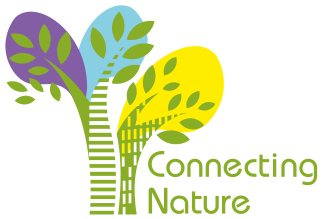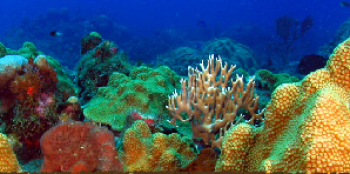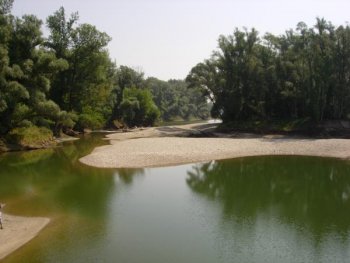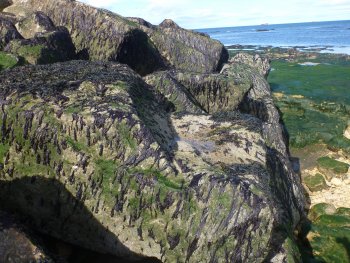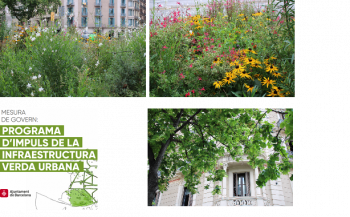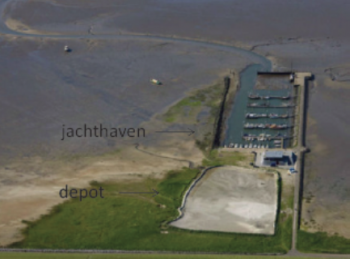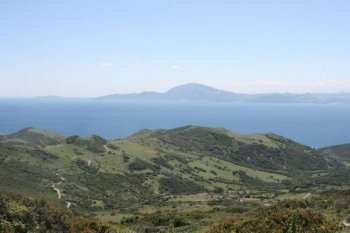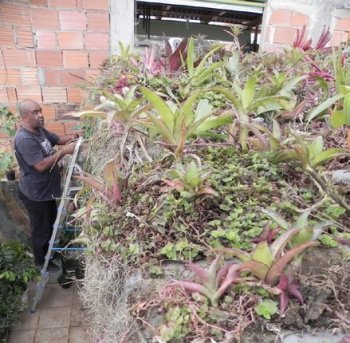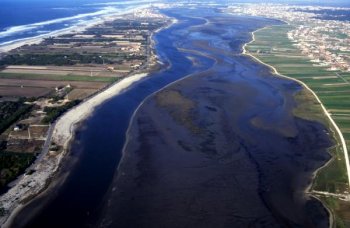Healthy reefs for recreation, fisheries and flood protection on St.Eustatius
Submitted by Peter Verweij on 16 January 2017Identification of the health of the coral reef of St.Eustatius. The reefs are important drivers for dive tourism, they support local fisheries and they protect against storms.
